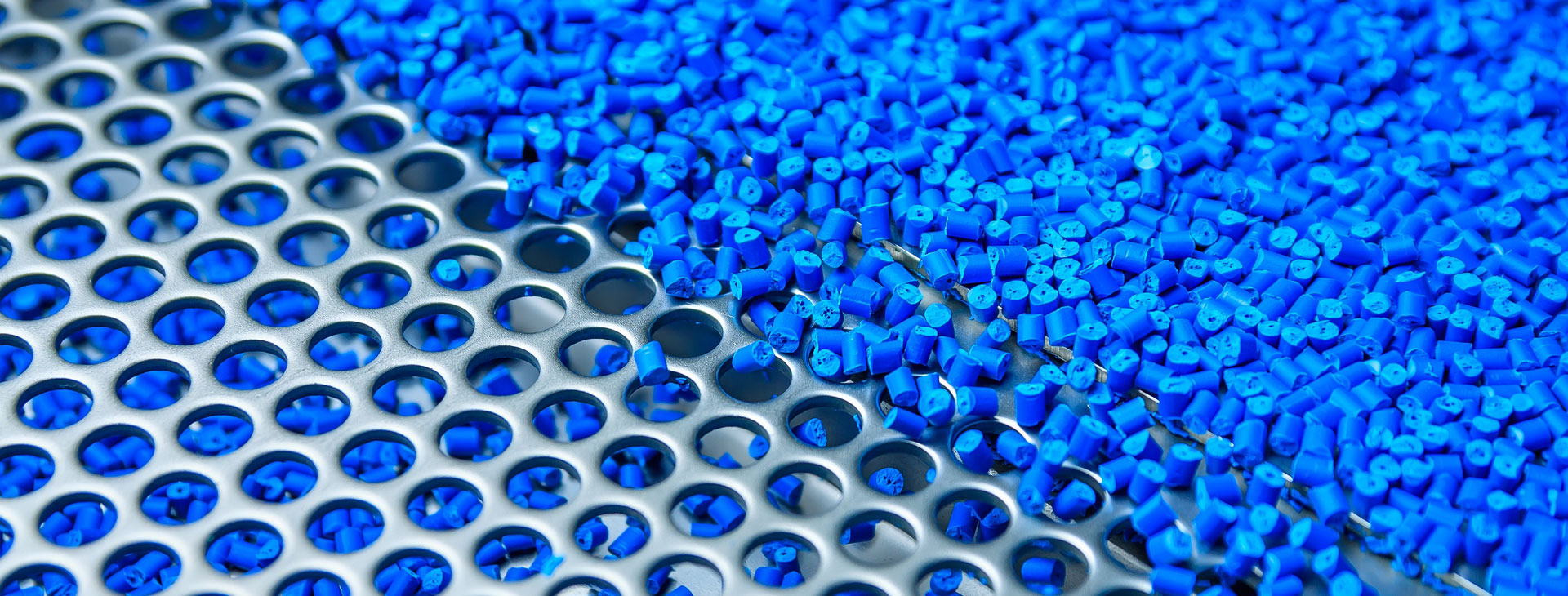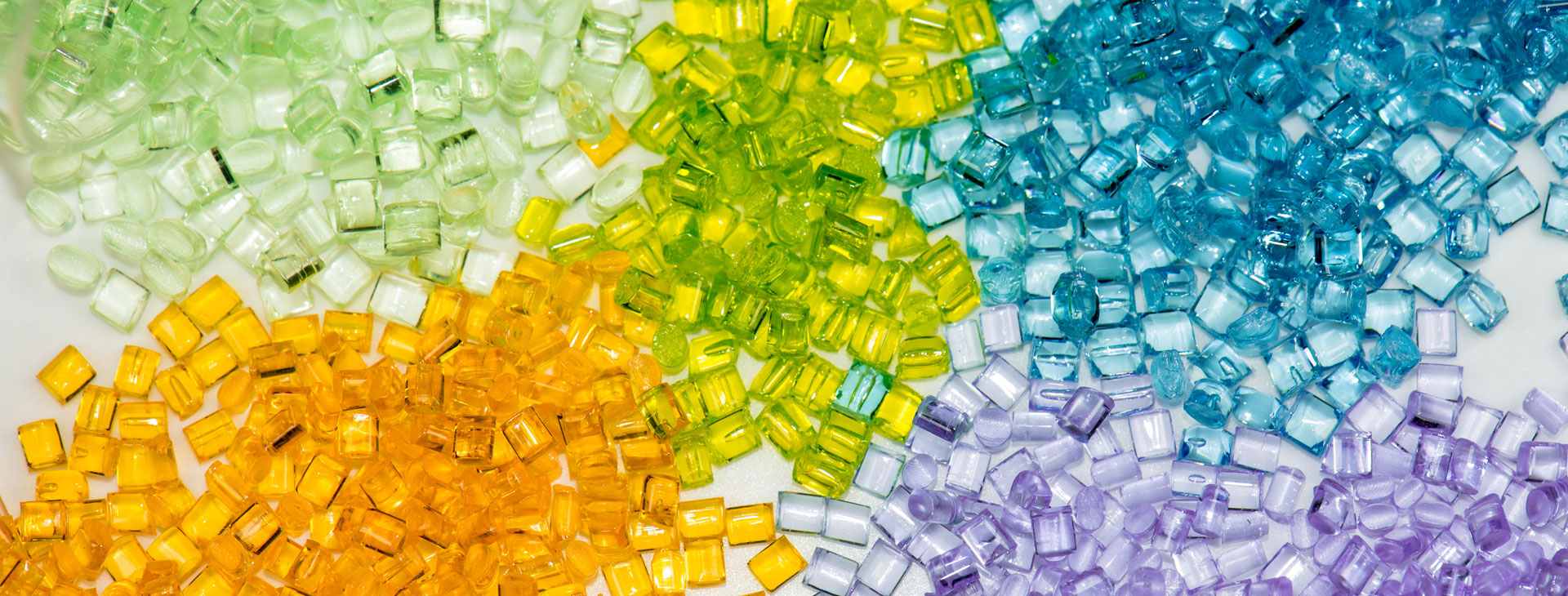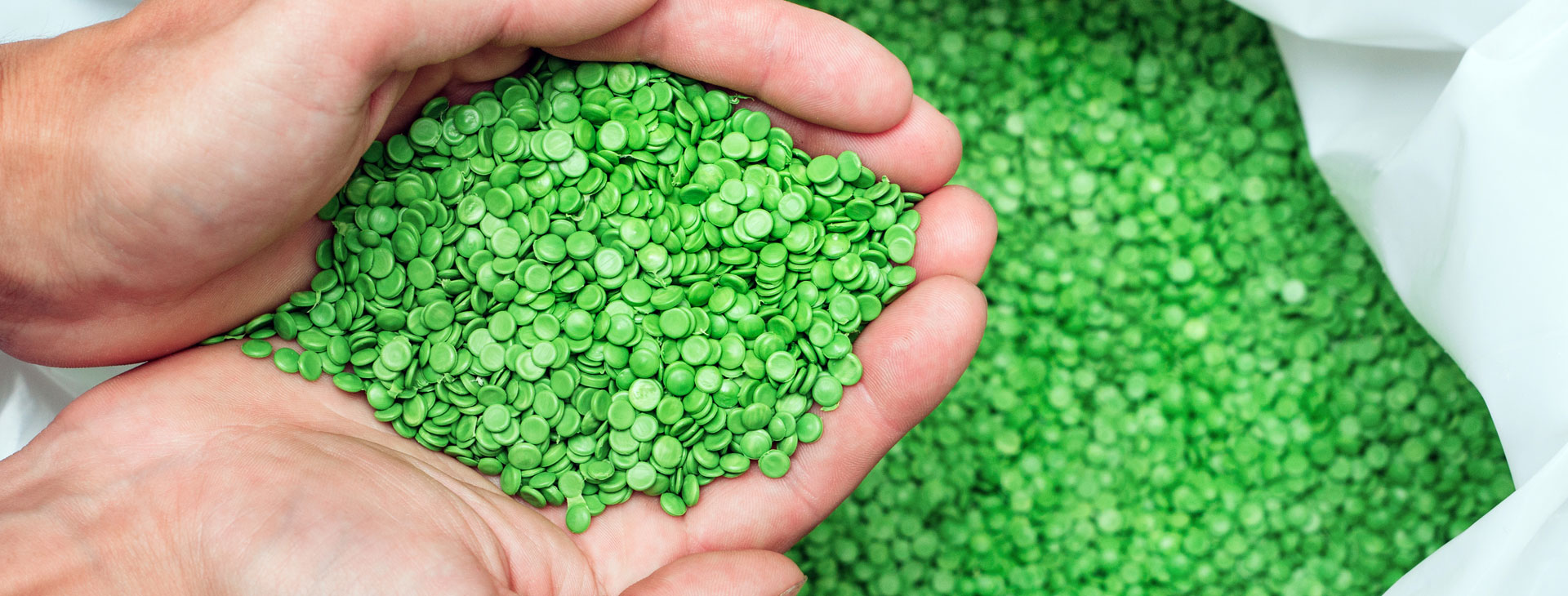




Phone: (914) 381-2400E-Mail: customerservice@marvalindustries.com
Simply put, pigments capture light in certain wavelengths while reflecting all others. This allows for colors to be created. This form of coloring is different than forms of luminescence, such as fluorescence and phosphorescence. Pigments are subtractive, meaning that they are only able to reject light/colors. Fluorescent and phosphorescent substances are able to add new ones. This means that the color of pigments is directly related to the color of the source light. Natural sunlight is considered white light, where as artificial light can either be warm (red) or cool (blue). This affects the color of pigments.

Pigments are created from different materials, but usually those materials are used because they have special properties. Materials being used must have high tinting strengthen. The strength is directly proportional to the material it colors. The materials must also be very stable in solid form even at ambient temperatures.
There are pigments that are permanent and there also ones that are called fugitive. The latter pigment fades with time as a result of exposure to light. Permanent pigments are used in art, but they are also used for commercial industries. Pigments are used to color ink, fabrics, cosmetics, and even food.
It is important to know that there is a difference between pigments and dyes. A pigment is insoluble, which means it results in a suspension, where as a dye is soluble, which results in a solution. A colorant on the other hand, has the properties that allow for it to act as a pigment or dye.
Within the last decade, over 10 million tons of special pigments were made/sold worldwide. The three leading areas are Asia, Europe, and the North America. By the year 2020, it is expected that sales will reach thirty-four billion worldwide. Considering the technology of masterbatch is getting better and more accessible, more and more companies are turning to coloring their products to increase sales.
There is a long history of pigments, and this predates modern technology. Archeologists have reported there are cave drawings that used different pigments. They are believed to be 300,000 to 400,000 years old. The industrial revolution brought about newer ways to create pigments. Traditionally, pigments were made with items found in nature, but the use of machines and the development of the science allowed for companies to create higher quality pigments. This means that pigments can look better and last longer.